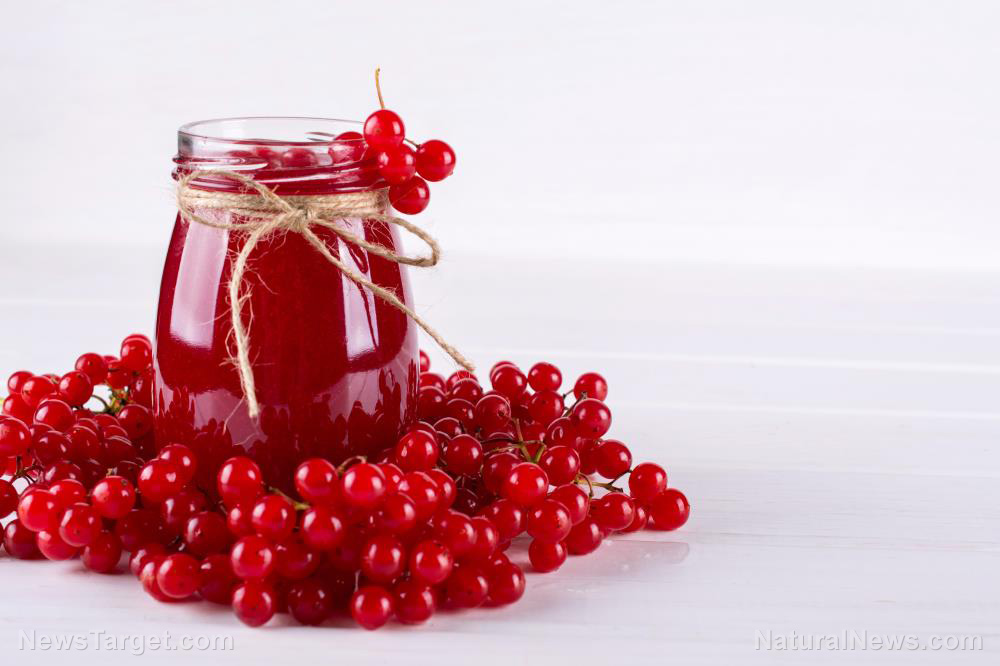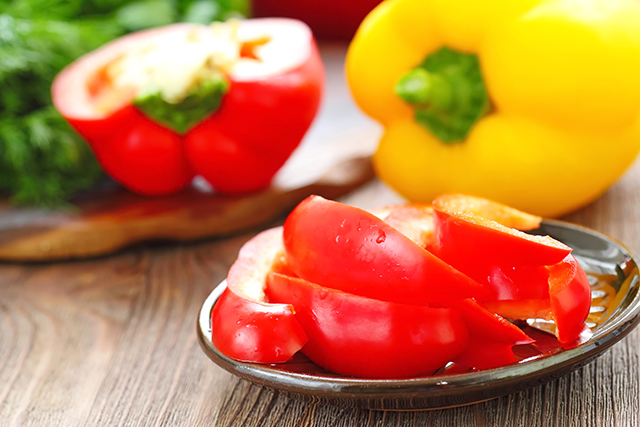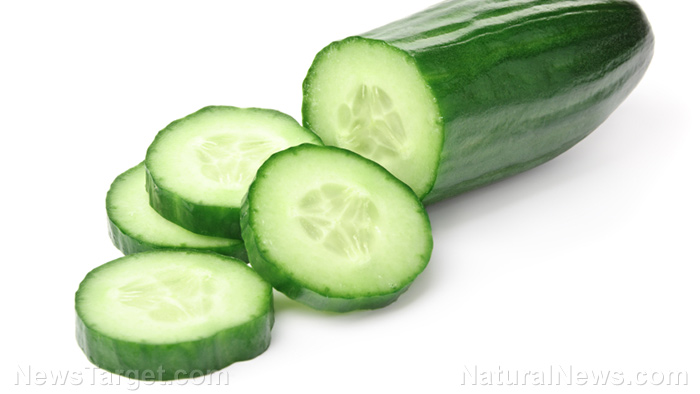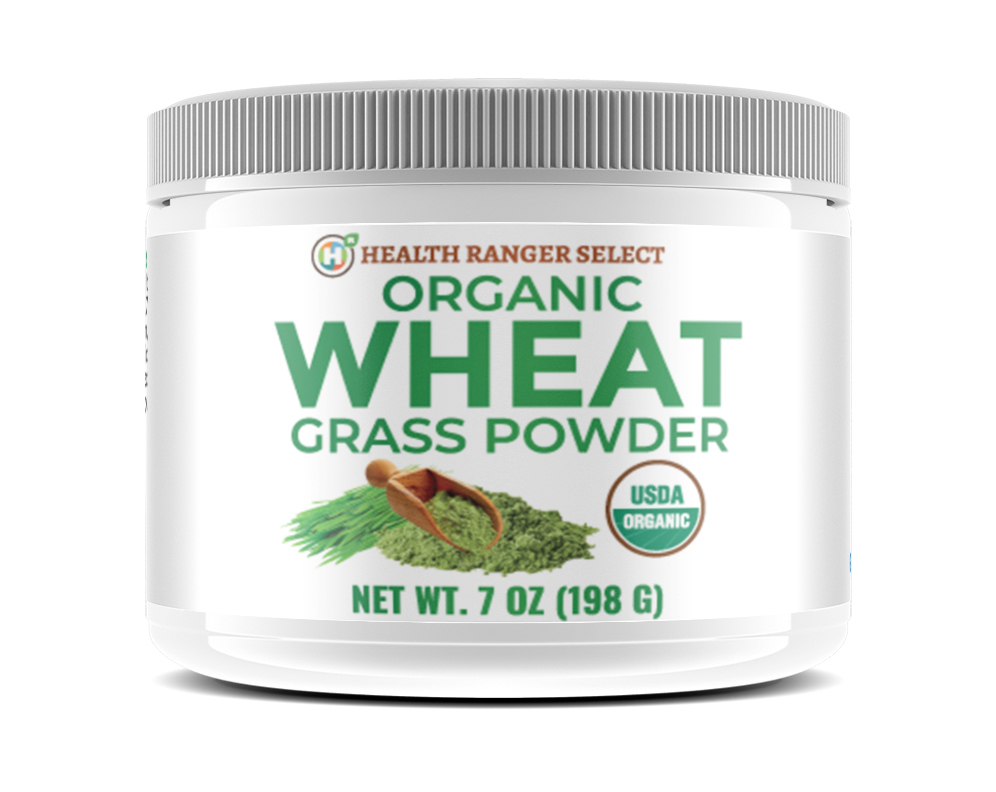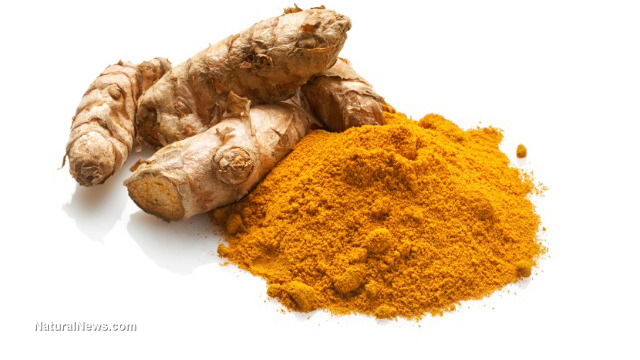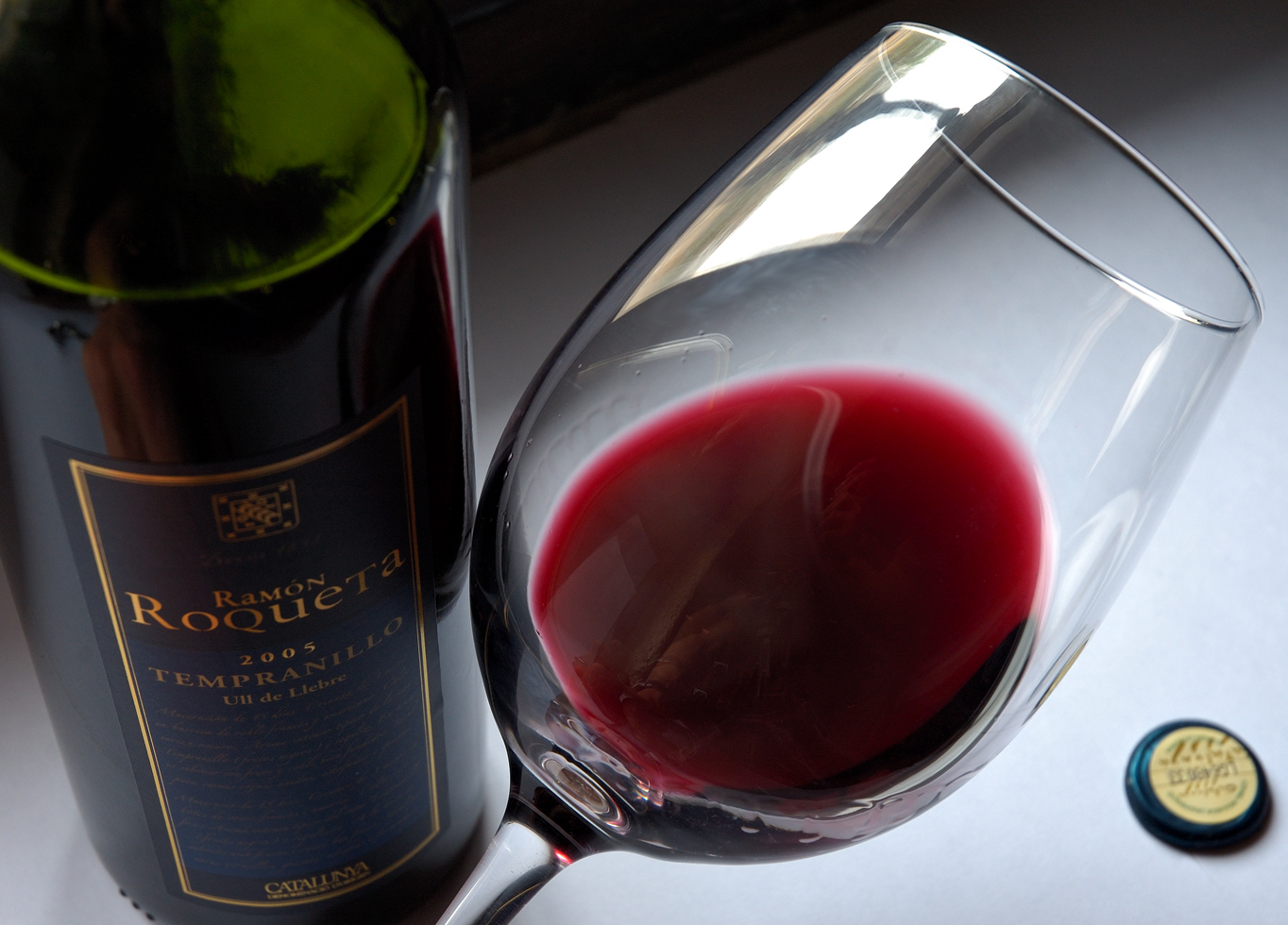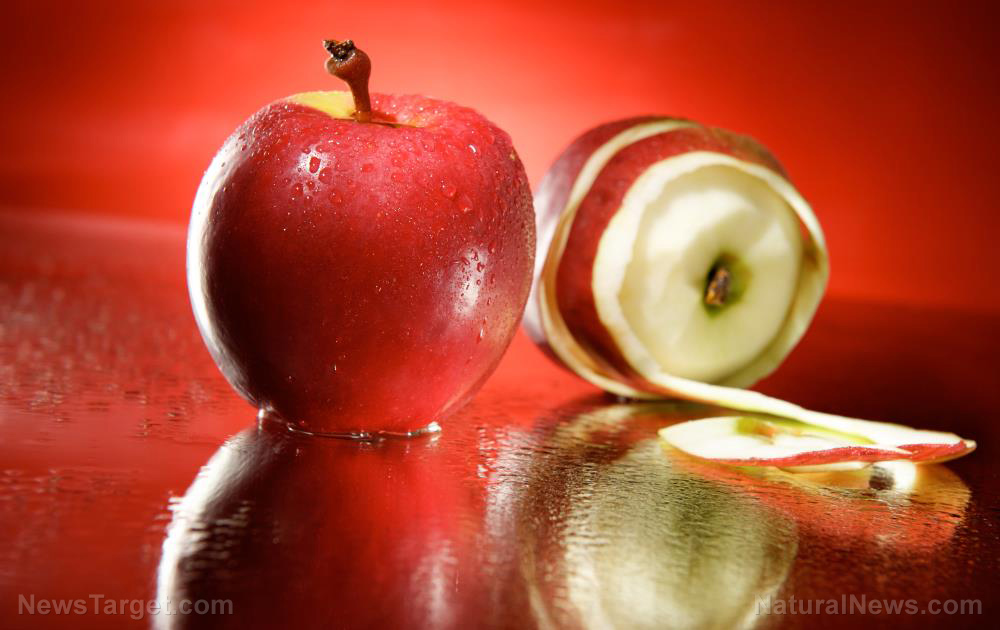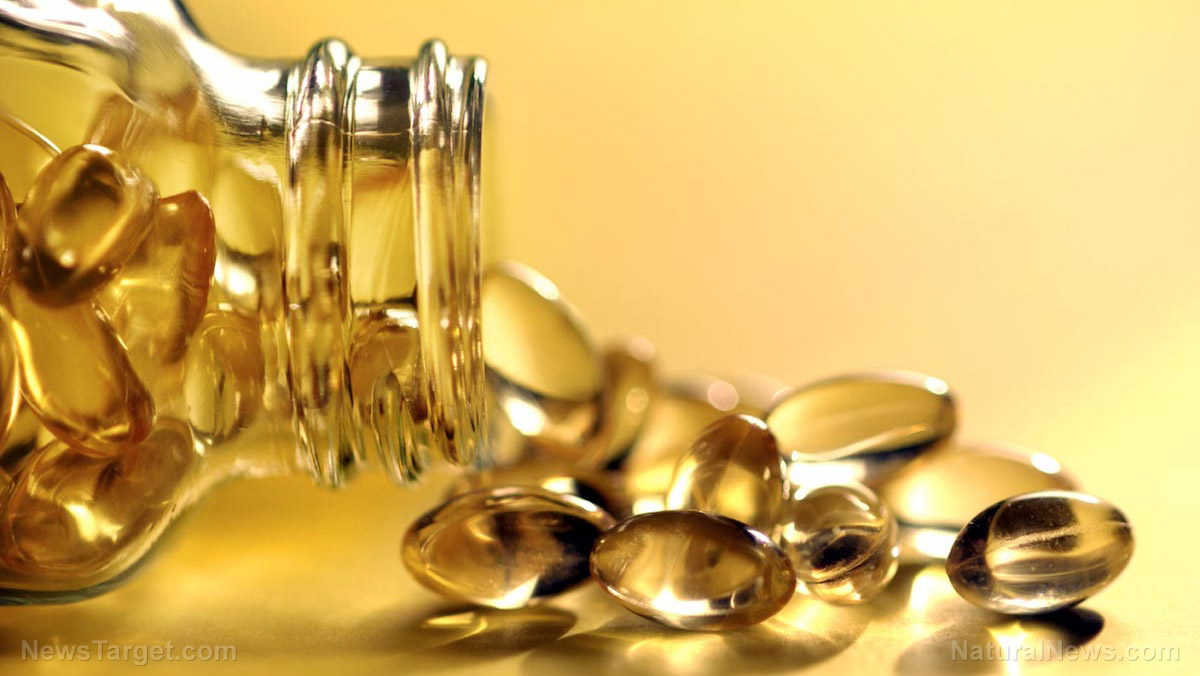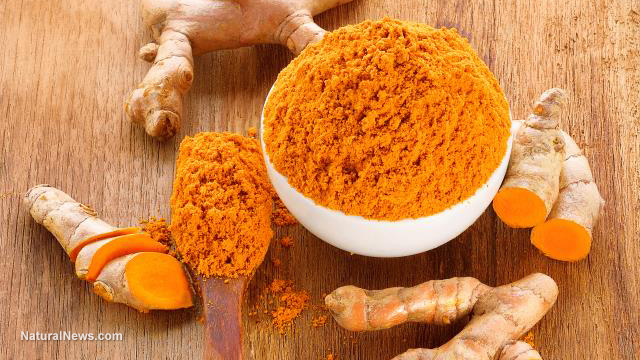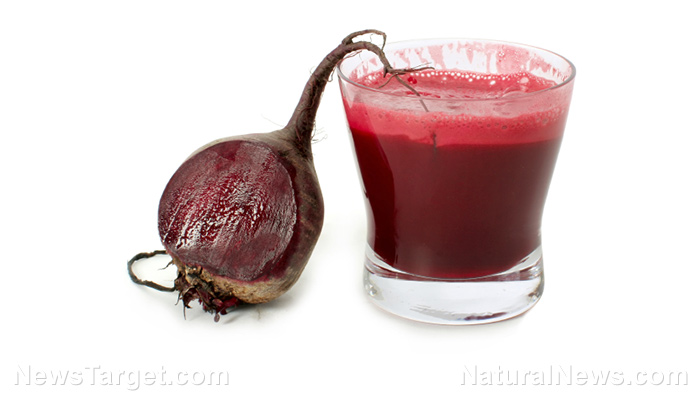Weed nutrition: Scientists explore the nutrient profile of duckweed
02/15/2019 / By Rita Winters
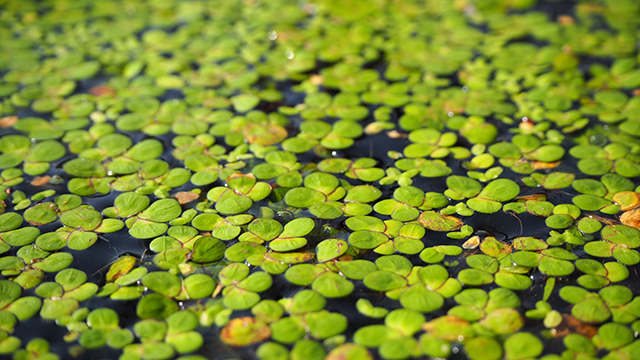
Long have we known that protein comes mostly from animal meat. Over the past century, we have started to discover that plants can also supply us with our daily protein recommendations. A recent study by students and faculty at Friedrich Schiller University (Uni Jena) found that a tiny aqueous plant can yield protein more than any plant.
This plant, called Wolffia globosa, otherwise known as duckweed or water lens, has what it takes to replace animal meat. It is a species of flowering plants, native to south and east Asia and some tropical parts of the Americas. This evergreen perennial grows in clumps or mats on the surface of freshwater bodies such as ponds, lakes, and marshes. Upon closer look, it is oval-shaped with no leaves, no stems, and no roots. W. globosa is the world’s smallest edible flowering plant at 0.7 to 1.5 millimeters in diameter. Compared to other species from its genus, W. globosa is the most promising.
W. globosa is not to be confused with its other relatives that look similar to it, such as Spirodela, which isn’t edible at all.
Duckweeds contain 20 to 35 percent protein, 4 to 7 percent fat (composed mostly of polyunsaturated fatty acids) and 4 to 10 percent starch per dry weight. It is considered one of the most nutritious foods in the world, containing valuable omega-3 fatty acids, such as stearidonic acid and alpha-linolenic acid. As an aqueous species, it multiplies rapidly in water without needing cultivable land like soya (another source of protein) does. Its numbers can reach up to two million plants per square meter.
Thailand, Cambodia and Laos have had duckweed dishes in their menu for thousands of years in the forms of soup, in omelettes or as is. Duckweeds easily absorb trace elements that are water soluble; therefore it can be used to relieve symptoms of deficiency due to malnutrition. As of today, only a few countries have invested in farming or producing industrial scales of duckweed, including Israel and the Netherlands. Other countries that are already familiar with the plant only harvest them from natural sources. W. globosa tastes similar to sweet cabbage. It is known by many names: khai-nam, pham, mijinko-uji-kusa, Asian watermeal, Lentille d’eau sans racine, and Wolffie sans racines.
These plants, however, may also be considered as “pests” in commercial agriculture due to its fast reproduction time. It is possible for duckweeds to clog drains and pipes, especially if left ignored. Proper planning should be executed prior to farming duckweed. It is also suggested to build an artificial pond for growing duckweed, since these plants tend to pick up contaminants and debris in the water. Since the plant is aqueous and is made up mostly of water, mineral in the water may be absorbed as well. Duckweeds that grow in stale and stagnant waters, where most insects like mosquitoes lay their eggs, should not be considered edible outright. On the bright side, cooking duckweeds or drying them completely rids them of the contaminants and other unhealthy factors from the water.
Based on the research, which was published in Food Chemistry, other potential applications for duckweeds include fish farming, water purification and producing bio-ethanol. This study is only a further look into this plant, since other researchers have already looked into using W. globosa as a source of protein, as early as 1971. Future studies on duckweeds and other similar plants may provide further support into replacing animal-based foods towards plant-based, healthier foods.
Sources include:
Tagged Under:

